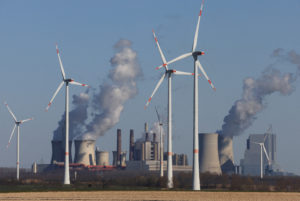The price of bread rose by almost a fifth in the European Union in August as Russia’s invasion of Ukraine, both major exporters of grains and fertilizers, continued to disrupt global markets and headline inflation accelerated.
Global wheat prices have surged since February, after the war halted grain exports from the Black Sea for months and restricted fertilizer shipments as Russian producers lost access to Baltic Sea ports they had used to ship ammonia, a key ingredient in nitrate fertilizer.
The average price of bread in the EU was 18 percent higher in August 2022 than a year earlier, data from the bloc’s statistics office showed on Monday, the highest rise since December 2017 when Eurostat began compiling the statistic.
In August 2021, the average price of bread rose 3 percent year-on-year, Eurostat said.
Hungary and Lithuania saw highest annual changes in average bread price in August, with increases of 66 percent and 33 percent respectively.
The countries with lowest average increases were France at 8 percent, and the Netherlands and Luxembourg which recorded a 10 percent rise each.
Bread prices have risen consistently in the EU this year, from an average of 8.3 percent in February, when Russia launched what is calls its “special military operation” in Ukraine.
Combined prices of bread and cereals increased by 16.6 percent in August, their highest rise since at least January 1997.
Euro zone inflation hit a record high of 9.1 percent in August, Eurostat confirmed on Friday, driven by sharply higher energy and food prices.
It said 2.25 percentage points of the year-on-year change came from food, alcohol and tobacco.


